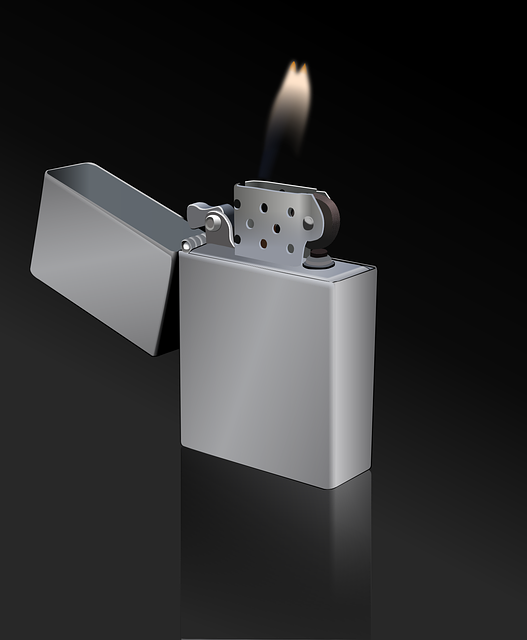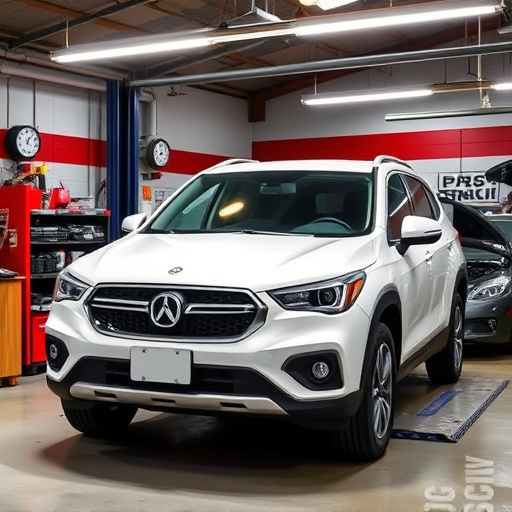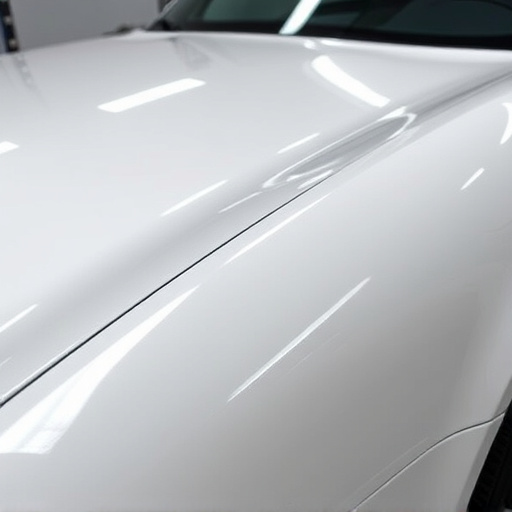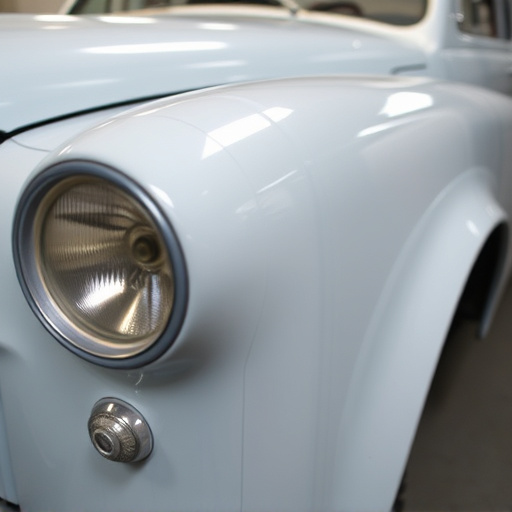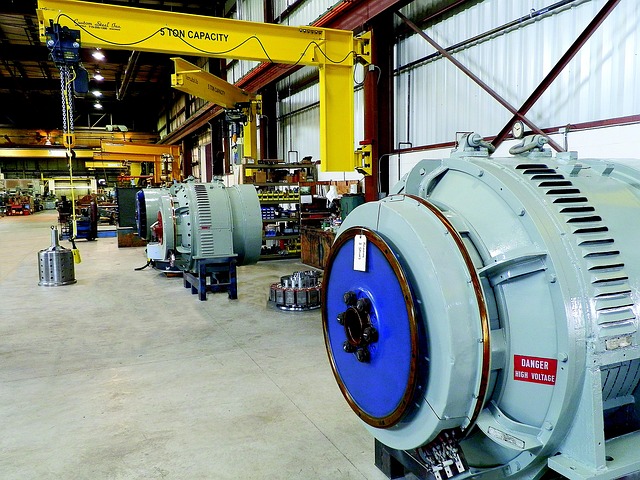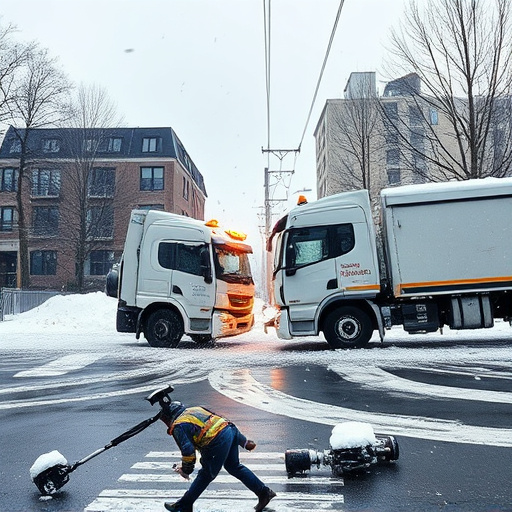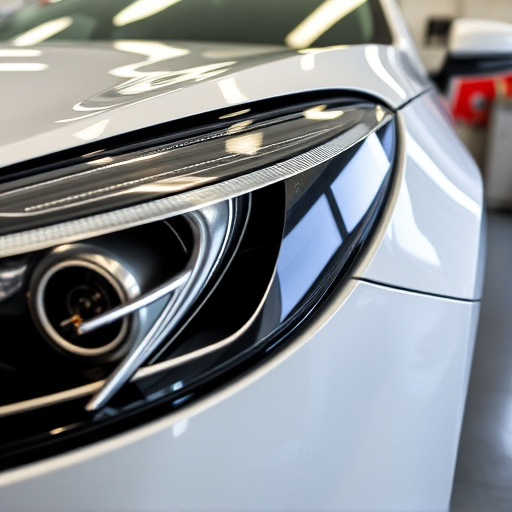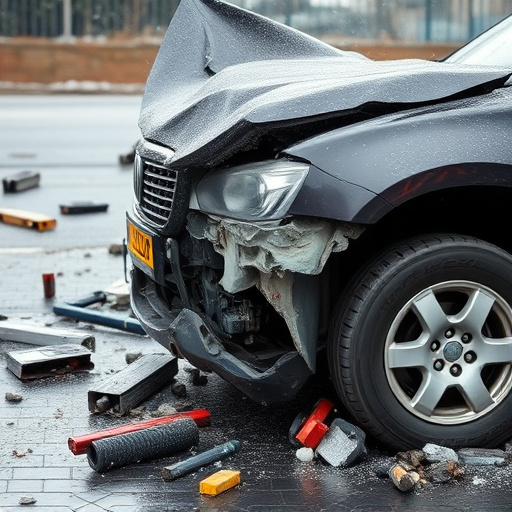MIG welding collision repair is a modern, precise method for restoring vehicles to pre-accident condition, involving controlled speed, gas flow and wire feed settings. Preparation includes damage evaluation, tool gathering, protective gear, alignment (for complex designs) and fire safety measures. Technicians use MIG welders to create strong bonds, addressing challenges like metal thickness and heat distortion for a seamless finish, often paired with auto glass and body repairs.
“Uncover the intricacies of MIG welding collision repair, a game-changer in automotive restoration. This comprehensive guide breaks down the process, from understanding the fundamentals of MIG welding for collision repair to mastering preparation and safety protocols. Learn about the techniques employed and common challenges faced during the repair process, empowering you with valuable insights for successful, high-quality restorations.”
- Understanding MIG Welding Basics for Collision Repair
- Preparation and Safety Measures Before Starting
- Techniques and Common Challenges in Repair Process
Understanding MIG Welding Basics for Collision Repair

MIG welding is a highly effective method for collision repair due to its precision and ability to fuse metal quickly. It’s a semi-automatic process that uses a wire feed to supply a continuous electrode to the weld, creating strong, consistent bonds. This makes it ideal for repairing vehicle bodywork, addressing collision damage with minimal waste and heat-affected zones.
Understanding MIG welding involves grasping key concepts like travel speed, gas flow rates, and wire feed speed—all factors that impact the quality of the final repair. Collision repair centers employing MIG welding are equipped to handle a wide range of vehicle bodywork needs, from panel replacement to complex structural repairs, ensuring vehicles return to their pre-accident condition.
Preparation and Safety Measures Before Starting
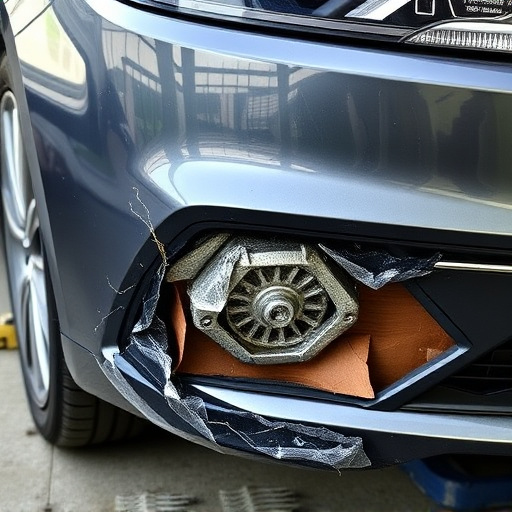
Before starting any MIG welding collision repair, meticulous preparation and robust safety measures are paramount. This involves assessing the damage on the vehicle, gathering necessary tools and equipment, and donning appropriate personal protective gear (PPE), including gloves, goggles, and a respirator mask to mitigate exposure to welding fumes. A well-ventilated workspace is crucial, especially in a collision repair shop, to ensure air quality and prevent health hazards.
In the case of a Mercedes Benz collision repair or any other vehicle with intricate designs, precise alignment and surface preparation are essential. This includes sanding, cleaning, and degreasing the affected areas to create a smooth surface for welding. Proper clamping and securing of the parts to be welded is also vital to maintain accuracy during the process. Safety protocols should encompass fire prevention measures, as sparks from MIG welding can ignite flammable materials, especially in a fender bender scenario where quick, controlled repairs are often necessary.
Techniques and Common Challenges in Repair Process
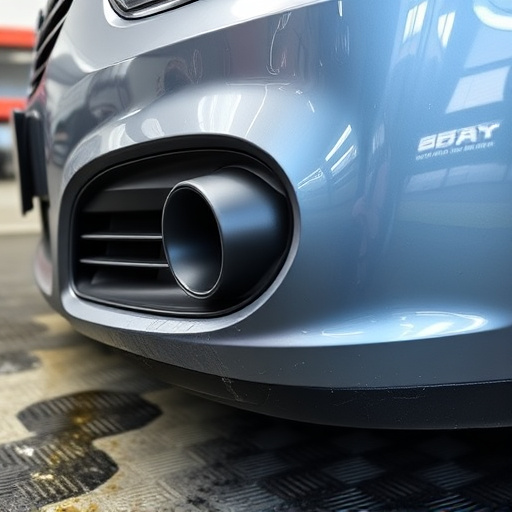
The MIG welding collision repair process involves a blend of precision and power. This modern technique utilizes a metal inert gas (MIG) welder to fuse damaged automotive parts together, offering both strength and aesthetic appeal. The process begins with meticulous preparation: cleaning the affected areas, ensuring proper fitment, and selecting the right filling materials. Skilled technicians then use the MIG welder to join the components, creating seamless bonds that match the original car body structure.
Despite its advantages, MIG welding collision repair comes with challenges. Common obstacles include dealing with varying metal thicknesses, managing heat distortion, and achieving consistent weld quality. Additionally, precision is crucial to avoid burn-through or unsightly welds. Auto glass repair and auto body repairs often complement MIG welding, as they address complementary aspects of the damage, ensuring a complete restoration in the car body shop.
MIG welding collision repair combines precision, skill, and safety protocols to effectively restore damaged vehicles. By understanding the fundamentals of MIG welding, preparing thoroughly, and addressing common challenges, auto body shops can achieve high-quality repairs that meet industry standards. This meticulous process ensures that damaged panels are seamlessly fused, restoring vehicles to their pre-accident condition while enhancing structural integrity.




